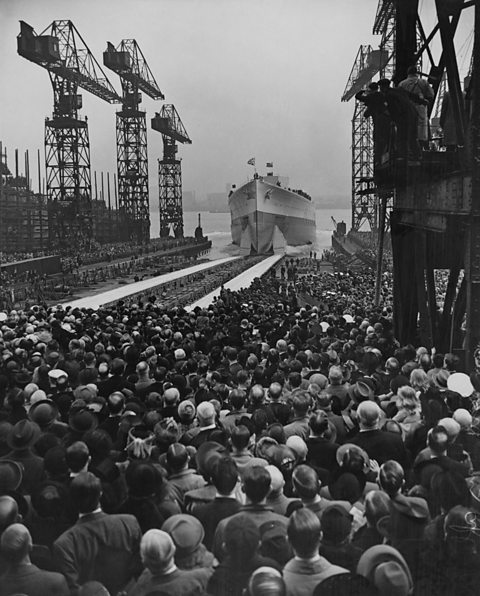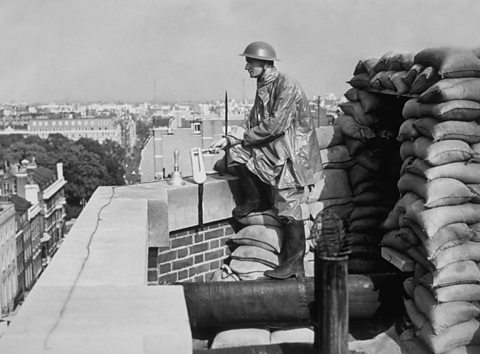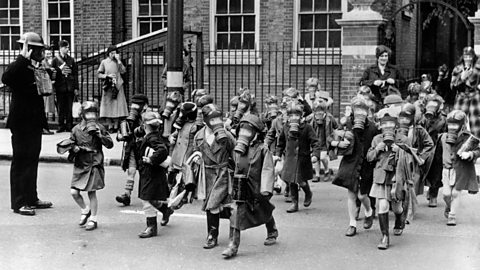How did Britain prepare for war?
The armed forces

Before the outbreak of war, the Government had put plans into place in recognition of the dangers that lay ahead. The Government:
- started a programme to build new warships
- spent money informing people about rationing, blackouts and gasmasks
- organised a Ministry of Supply to ensure overseas supplies continued
- met with trade unions to ensure they agreed on wartime working regulations and wages
However, in 1939, Britain was not adequately prepared to fight a major conflict, and it would take time to match the sheer size and effectiveness of the German forces.
- The Royal Navy was the organisation best prepared for war.
- The Royal Air Force (RAF) were well-trained with good fighter planes such as the Hurricane and the Spitfire, but their bombers were not as modern.
- The army was regarded by some as too small and lacking sufficient equipment.
By appeasing Hitler in September 1938, the country gained another 12 months to prepare for war. Following the declaration in September 1939, the next six months were known as the 'phoney war' as no military action took place, giving Britain more time to prepare.
Wardens, shelters and gas masks
There was a major fear that many civiliansâ lives would be lost due to German bombing of British cities.
The LuftwaffeGermany's air force. was a big military threat. It was feared that there could be a million casualties â a million coffins were ordered in case. People had seen images of the devastation the Luftwaffe brought to Guernica, a town bombed during the Spanish Civil War, in 1936.
During 1937, the Air Raid Wardens Service was created, and by 1938, 200,000 people had joined. By September 1939, it had changed its name to the Air Raid Precautions (ARP), and 1.5 million were enrolled.

They had to register all the people in their sector, enforce blackouts, sound sirens, help people to shelters, and help emergency services.

To help ensure people kept the lights off at night when German bombers were bombing the cities, wardens walked around the streets and warned people. ARP wardens also helped to organise the emergency services.
